Jack-o’-lanterns. Costumes. “Ghost Hunting At Queset House.” Halloween is upon us!
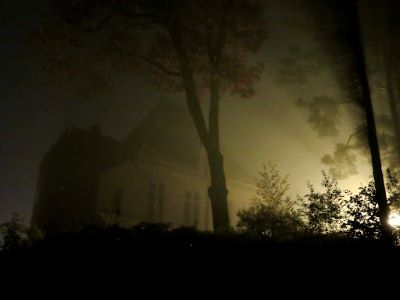
Oakes Ames Hall in Mist
Under the circumstances, it may be difficult to recall last April when the Ames Free Library began giving away seed packets, hundreds of them, to eager gardeners. Over the next six months, those seeds would yield food, flowers, laughter, lively conversations, and a bit of frustration. Let’s take a moment to consider the highlights of “The Great Seed Experiment.”
Ostensibly, the goal was to determine how many of these pre-Covid seeds would germinate after two years in storage. Based on patron germination reports and my own experience, tomato seeds did best with a germination rate over 90%. Green beans and peas came in second with an 80% success rate. Beets, lettuce, kale, mustard, carrots and nasturtiums also did well.
These results are generally consistent with the seed viability predictions of the Chicago Botanic Garden and other sources. With a few notable exceptions (such as onions and corn), many garden seeds can be stored for years. “Proper storage conditions,” according to Chicago, “are in a cool and dark place where temperature and moisture content will stay relatively stable.” Lesson learned: save those leftover seeds, for at least some of them will grow.
Sweet peas did not fare as well. One patron who kept meticulous records of his plantings, noted that only 7 of 36 seeds sprouted. Worse still, the surviving plants grew slowly and were reluctant to climb despite water, fertilizer, and supports. I had the same experience. After great struggle, my sweet peas climbed a few feet, made several flowers, and then declined. Then again, the seeds of this species aren’t known for their longevity.

Sweet Peas at the Library
I was surprised that neither watermelon nor cantaloupe seeds germinated well, for melons are said to be viable for 5 or more years. I suspect that any melons that did sprout would have had a very tough time this summer. Of all the challenges facing gardeners, drought posed the greatest. “2022 was one of the hottest and driest summers on record across Massachusetts'' declared masslive.com, an online news source based in Springfield. Boston received only 4.42 inches of rain between June and August versus its average of 10.39. If you grew plants this year, you spent many hours watering them, or you watched them wither in the heat.
Some of us had herbivore issues. After a long weekend in August, I returned to the library to find all of my mizuna mustards snipped off. From a distance it looked as if someone had replaced my lacy vegetables with toothpicks. But who? Would a mammal dare sit at the entrance to graze? Then, the same thing happened to my greens at home. Silly me. The culprit was the most common butterfly in my yard, the cabbage white. Its caterpillars fooled me with their clever camouflage: long, green insects aligned along leaf midribs.
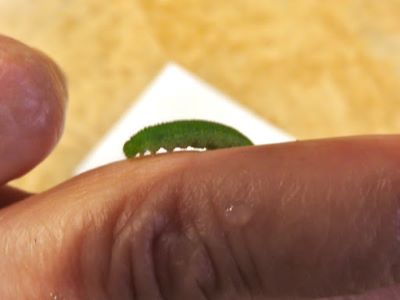
Cabbage White Deprived of Its Meal
A much larger caterpillar discovered my home garden: the tomato hornworm. Despite its impressive size, it, too, can be hard to spot.

Amanda Hill, CC0, via Wikimedia Commons
Some gardeners had bigger problems. Watch these delightful clips captured on a patron’s trail camera.
Squirrels and chipmunks joined in the harvest and so did beagles. Yes, beagles. One of my coworkers caught her dog “red muzzled” as it ate her ripening tomato. Despite these challenges, all was not lost. Library visitors shared success stories and produce. The winners of our germination contest, the Forth family, demonstrated just how much could be accomplished with a handful of seeds.
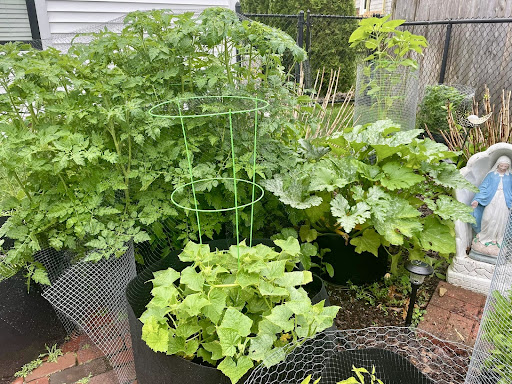
Forth Family Garden
Even Michelle’s harvest ended happily once she outwitted the canines.
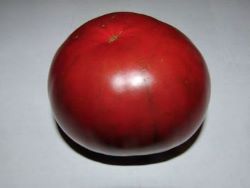
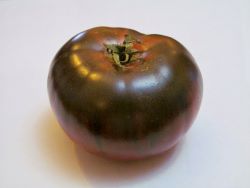
Michelle’s Black Krim, October 12, “The best tomato I’ve ever tasted”
Indeed, the harvest is ongoing. Some crops, like pumpkins, need a long growing season. They don’t mature until autumn. Other vegetables will continue to produce if they are protected from the cold with row covers. Moreover, vegetables that prefer cool weather may be planted in late summer or early fall for an extended harvest. The demonstration planter located outside the library entrance displays a few of these. I am currently enjoying beet and mustard greens, arugula, chard, edible nasturtium flowers, and butternut squash. My green beans are just now fading, and the kale has a ways to go.
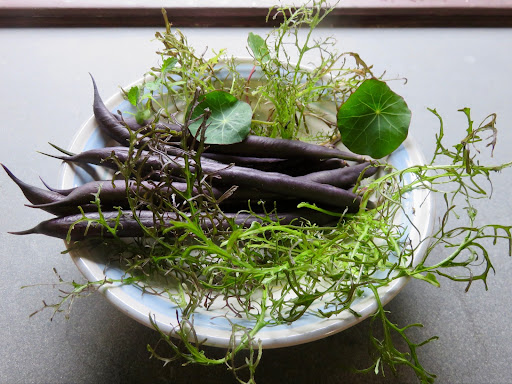
Harvested September 22: Royalty Purple Pod Beans, Mizuna & Nasturtium
Although November is just around the corner, tomatoes are still ripening on my window sill. Here’s what I ate last week.
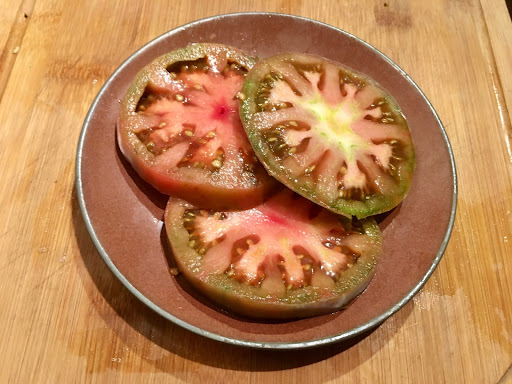
Still Tasty on October 22
So, what were the results of “The Great Seed Experiment”? One could conclude that seeds sprouted, vegetables grew, and gardeners had the pleasure of eating fresh, flavorful, healthy food . . . which is all certainly true. Yet, that kind of summary overlooks so much. There is pleasure in watching, smelling, and touching beautiful live plants. A vegetable garden also attracts more life to a backyard: pollinators, herbivores, and soil organisms, to name just a few. First-hand contact with other life forms might do all of us some good. Creating a garden hones planning and problem solving skills and fosters creative thinking; it's good for your mind and your body. The effort and challenge of growing vegetables encourages gratitude for the work of farmers and for the abundance of food available to us. And, as I mentioned previously, gardeners often share their knowledge, their stories, and their bounty. Growing and sharing food brings us together. Last, but by no means least, planting a seed requires and generates hope.
The reports, contests, handouts, lecture, and displays were merely tools to encourage a whole-hearted interaction with our world and with each other. From my perch at the circulation desk, I witnessed a good deal of this magic.
Soon it will be time to plan next year’s garden. Here are a few resources for 2023. UMass Extension offers gardening factsheets and two informative newsletters: The Landscape Message and Hort Notes. The Garden Clippings section of Hort Notes is especially useful to the home gardener. I would also recommend Natureworks, an organic garden center and landscaping company in Connecticut, as a source of good info served in painless doses. I learn, or am reminded, of something useful in every newsletter written by the company’s founder, Nancy DuBrule-Clemente. You can subscribe to the newsletter at the bottom of the Natureworks homepage.
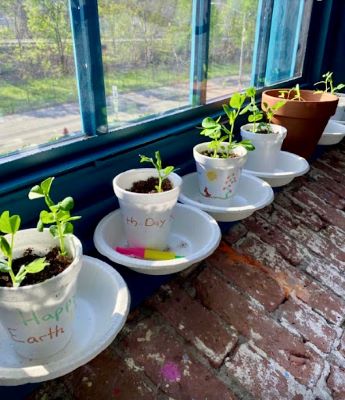
P.S.
Several readers proposed locations for last week’s post, “Where in the World is L. Rubinacci?”
Suggestions included Texas, Louisiana and California. The latter is correct. The oak woodlands were near Moraga, a town east of Oakland and Berkeley. San Pablo Bay National Wildlife Refuge is where I observed the shorebirds. All the mammals live at Point Reyes National Seashore.
Many thanks to the good sports who commented.